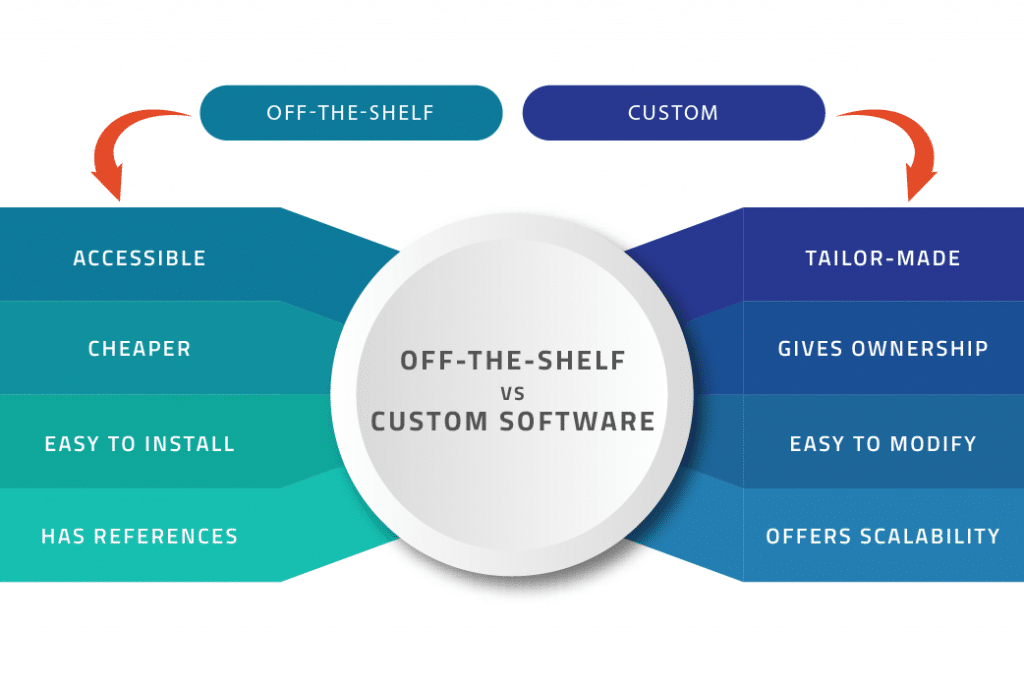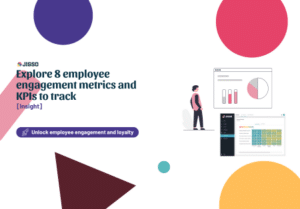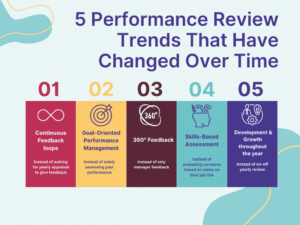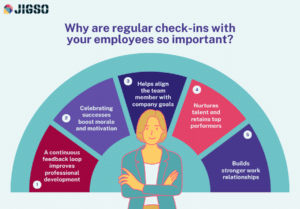Using an Employee survey tool to launch surveys for your workforce is a powerful way to gather valuable feedback within your organisation.
In order to reap the full benefits of your employee surveys, it is crucial to consider the key features that align with your organisation’s needs and goals. Carefully evaluating these features allow you to select a survey tool that not only meets your immediate needs, but also supports your long-term objectives.
In this article, we will discuss the key features to consider when selecting an employee survey tool to help you make an informed decision.
1. Survey Customization
The level of required survey customisation will heavily depend on your organisation’s needs and objectives. For example, some organisations may prioritise the ability to use their own internally-developed surveys within the tool, allowing them to tailor questions specifically to their industry, culture, or internal processes. On the other hand, other organisations may be looking for a library of pre-built, off-the-shelf surveys that are provided within the survey tool itself, thereby saving lots of time and effort.
Similarly, branding options can be a matter of importance and preference. While some organisations may choose to include their branding elements in the survey tool in order to maintain a consistent look and feel with their existing systems, others may intentionally prefer a separate and distinct branding for the survey platform.
This separation helps to create a sense of neutrality, and assures employees that the survey results are stored on an independent system that is not linked to their day-to-day operations or performance evaluations systems.

At last, the type of surveys that is supported by the tool is another aspect to consider. Some organisations may require the ability to conduct organisation-wide surveys to gather feedback from all employees, while others may need the flexibility to launch surveys for specific teams, departments, or even targeted individuals. The ability to conduct 360-degree feedback surveys, which collect feedback from multiple perspectives, can be crucial for organisations focused on performance management and individual development.
2. Reporting and Analytics
Reporting and analytics capabilities are a crucial consideration when selecting an employee survey tool. In fact, they might be considered the most important aspect to focus on. The reason for this is simple: launching employee surveys aims to provide actionable insights and drive positive change through data-driven analytics. Hence, having robust reporting and analytics features available within your survey tool allows you to make informed decisions, enhance the employee experience, and foster a thriving work environment.
When evaluating reporting and analytics features, it is important to consider the granularity of analysis that is required within your organisation. Some organisations may want to examine survey results at a high level, focusing on overall organisational trends and sentiments. Others may need the ability to drill down into specific teams, departments or even demographic groups in order to identify areas of strength and improvement on a more localised level.
“You can have data without information,
but you cannot have information without data.”
– Daniel Keys Moran
Comparative analysis is another crucial aspect to consider. Through benchmarking, organisations can compare their survey results against industry standards or against previous survey data. This provides valuable context, helps identify areas where improvements can be made, and sets a benchmark for tracking progress over time.
Finally, real-time reporting capabilities are highly valuable as they provide immediate access to survey results, and allow stakeholders to monitor ongoing trends, identify emerging issues, and take prompt action to address them. Having timely insights allows organisations to be more responsive to employee needs and create a positive and engaging work environment.
3. Data Security and Confidentiality
Data security and confidentiality are paramount considerations in employee surveys, yet they are often overlooked by HR departments during the initial stages. It is important to recognize, however, that the chosen survey tool will eventually be scrutinised by your organisation’s IT and legal departments. Hence, it is worthwhile to consider data security and confidentiality at an early stage in your search for a new employee surveying tool.
Depending on your organisation’s location and industry, various standards and regulations may be in place.
For example, organisations may need to adhere to specific standards, such as the General Data Protection Regulation (GDPR) in the European Union or the Health Insurance Portability and Accountability Act (HIPAA) in the healthcare industry. It is essential to ensure that the chosen survey tool aligns with these regulations and provides the necessary measures to maintain compliance.
In addition, look for signs that the surveying too incorporates robust data encryption, secure storage, and strict access controls to safeguard sensitive employee information. Whereas these terms are rather technical (and truth be told, sound rather boring), surveying tools that adhere to these principles will most likely present them as a key differentiator on their website or product brochure.
4. Customer Service and Support
Customer service and support are frequently underestimated factors in the selection of an employee survey tool. Yet, the quality of customer service can vary significantly among different solutions. Therefore, it is crucial to find a tool that aligns with your organisation’s specific needs and expectations.
- Organisations with a lot of in-house knowledge on survey design, implementation, and data analysation might be looking for a pure-play software provider that is capable of providing reliable and prompt support on any technical issue that might arise, but does not offer expertise and know-how on how to run effective surveys in your specific organisational context.
- Organisations that require active help in their surveying efforts should look for a survey tool provider that – on top of their surveying software – offers comprehensive guidance and expertise tailored to their specific needs. This may include assistance with survey design, best practices for employee engagement, and additional support in data analysation.
- Organisations with a lot of in-house knowledge on survey design, implementation, and data analysation might be looking for a pure-play software provider that is capable of providing reliable and prompt support on any technical issue that might arise, but does not offer expertise and know-how on how to run effective surveys in your specific organisational context.
Furthermore, support and customer service should extend to not only the administrative users but also the survey participants. Clear instructions, user–friendly interfaces, and readily available assistance for survey respondents are crucial to ensure a smooth and positive experience. Adequate support for users completing the surveys helps maintain high response rates and encourages honest and valuable feedback.
Conclusion
Selecting the right employee survey tool is crucial for organisations to gather valuable feedback and drive positive change. By carefully evaluating key features such as customization options, reporting and analytics capabilities, data security measures, and customer service offerings, organisations can make an informed decision that aligns with their specific needs and goals.
When it comes to this selection process, it is crucial to prioritise proper due diligence over rushing the decision to be able to get started quickly. Taking the time to thoroughly evaluate the available options and consider key factors will ultimately lead to reaping the benefits in the long run.



